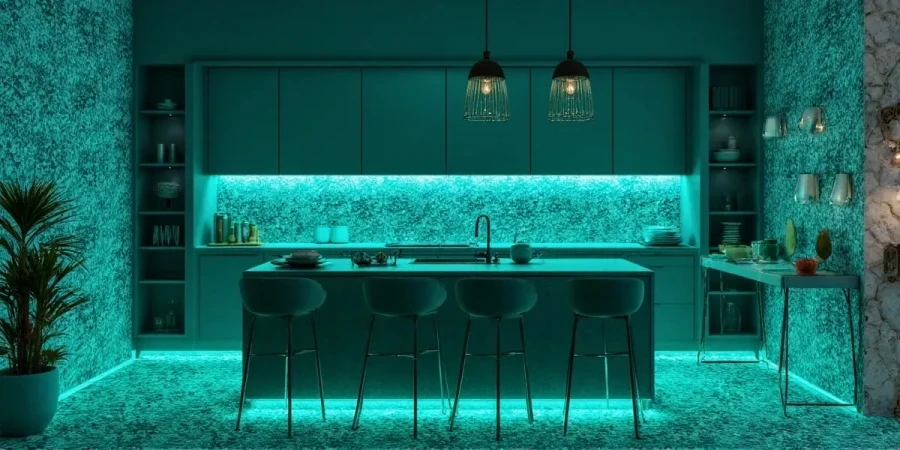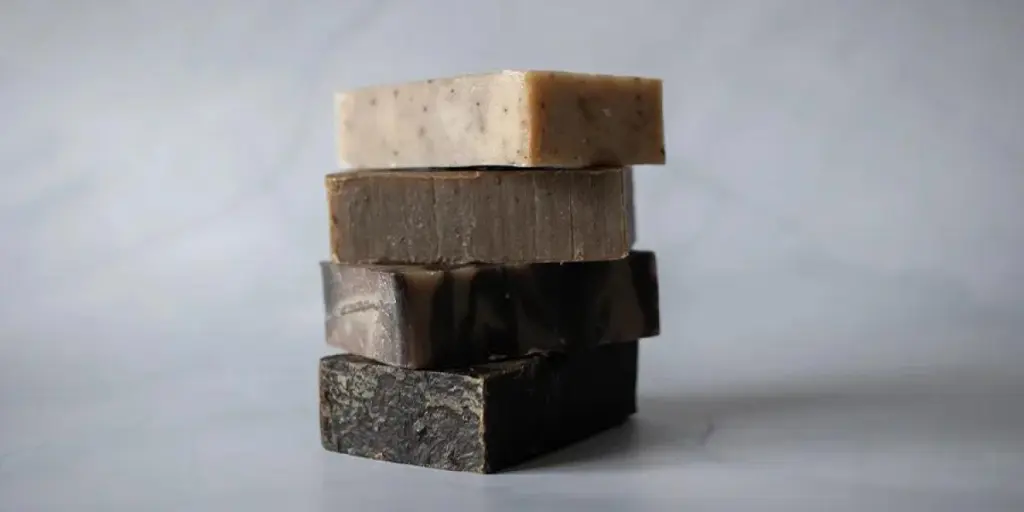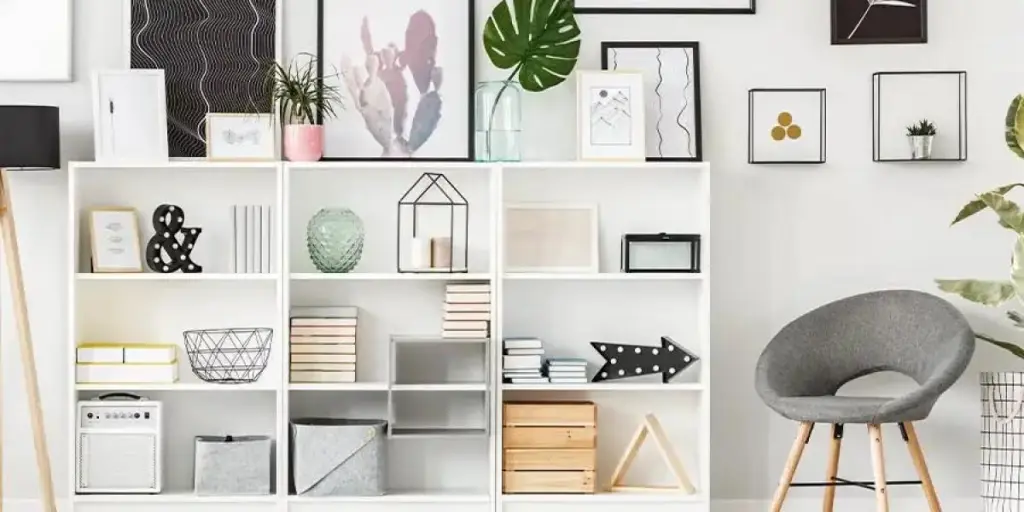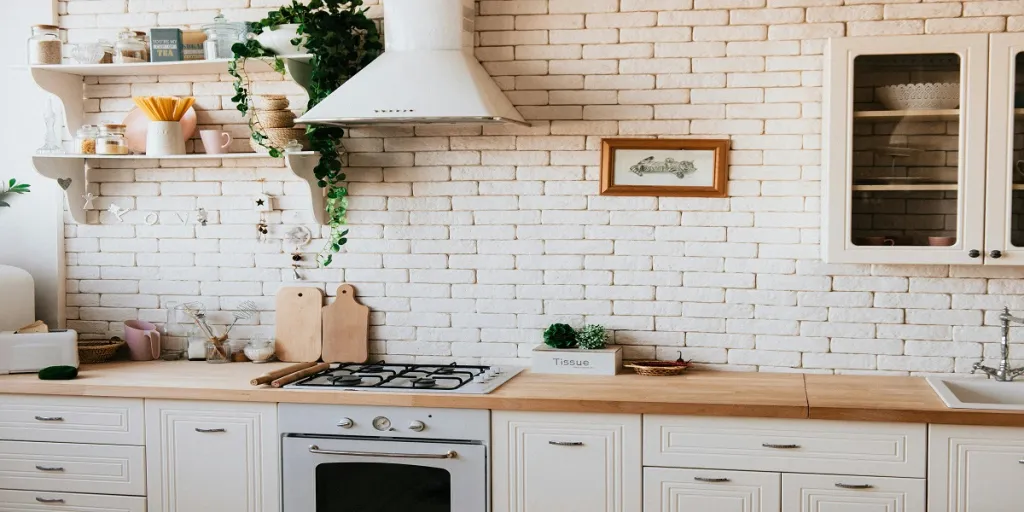In a sunlit loft overlooking New York’s East River, interior designer Mara Santos adjusts a chandelier made from upcycled fishing nets, its frayed threads casting shadow patterns reminiscent of submerged kelp forests. Nearby, a sofa upholstered in algae-dyed linen shifts from stormy gray to aquamarine under angled light. “My clients don’t want lobsters on throw pillows anymore,” Santos explains. “They want spaces that feel like the ocean—raw, dynamic, and alive.”
This sentiment echoes a seismic shift in coastal design. While Google searches for “coastal kitchen ideas” surged 25% globally in 2023, Pinterest’s 2024 trend report reveals a telling twist: saves for “abstract nautical decor” grew three times faster than traditional anchor-themed pins. The message is clear—2026’s coastal aesthetic is less about literal maritime symbols and more about capturing the ocean’s essence through innovative materials, cultural hybrids, and emotionally resonant storytelling.
Table of Contents
Color Revolution: From Surface Waves to Abyssal Depths
Material Storytelling: When Waste Becomes Wonder
Cultural Hybridity: Knotting the Global Coastline
The Silent Partner: Climate Tech Meets Craft
Conclusion: Designing the Uncharted
Color Revolution: From Surface Waves to Abyssal Depths
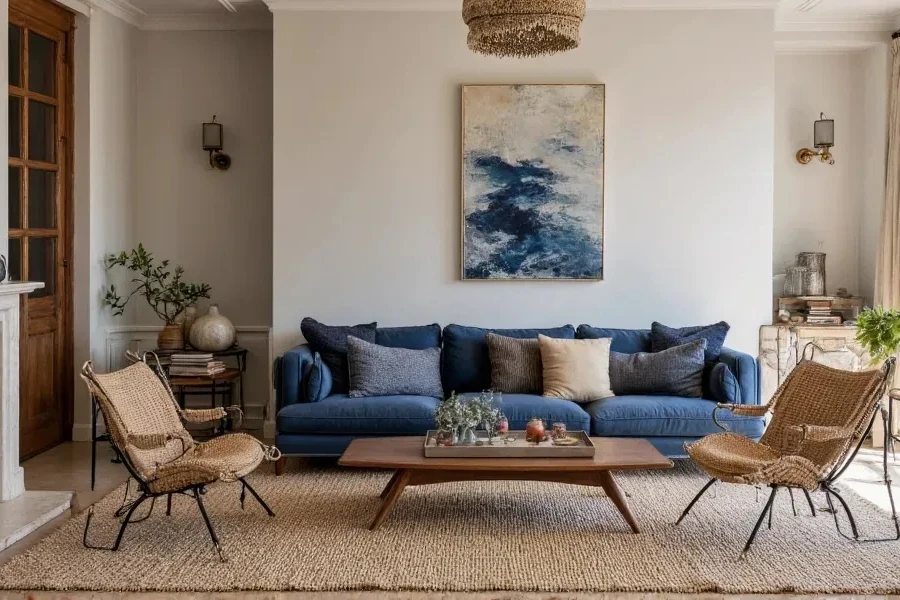
The Rise of Transformative Teal
Pantone’s 2025 Color Futures Report identified teal-adjacent hues as “the new neutrals,” noting a 41% adoption spike in healthcare and education spaces for their calming yet energizing properties. WGSN’s 2026 “Transformative Teal” (hex code #1C6E8C) takes this further, evoking the mysterious glow of bioluminescent deep-sea ecosystems.
Case Study: Emma Bridgewater’s Abyssal Collection
British ceramics titan Emma Bridgewater disrupted tableware conventions with its 2024 “Abyssal” line. Each piece features hand-splattered Lava Red (#9A2E22) enamel over a base of Pressurized Depth (#0A2F5C), mimicking hydrothermal vent mineral deposits. “We scanned actual Atlantic seafloor rock formations using LiDAR,” reveals lead designer Clara Voss. The collection sold out within 72 hours, with 68% of buyers aged 25–34—proof that young consumers crave geological authenticity over cartoonish sailboat prints.
The Neutrals Anchoring the Storm
Beneath these bold statements lies a foundation of “Marine Minimalism”:
- Fossil Sand (Pantone 13-0807): A pink-beige hybrid extracted from Mediterranean coastal sediment scans.
- Pelagic Gray (RAL 7038): Matches the average RGB value of open-ocean satellite imagery.
“These aren’t just colors—they’re data visualizations,” argues color psychologist Dr. Elara Mikkelsen. Her 2024 study found that rooms using Fossil Sand reduced cortisol levels 22% faster than standard beiges, likely due to subconscious associations with untouched shorelines.
Material Storytelling: When Waste Becomes Wonder
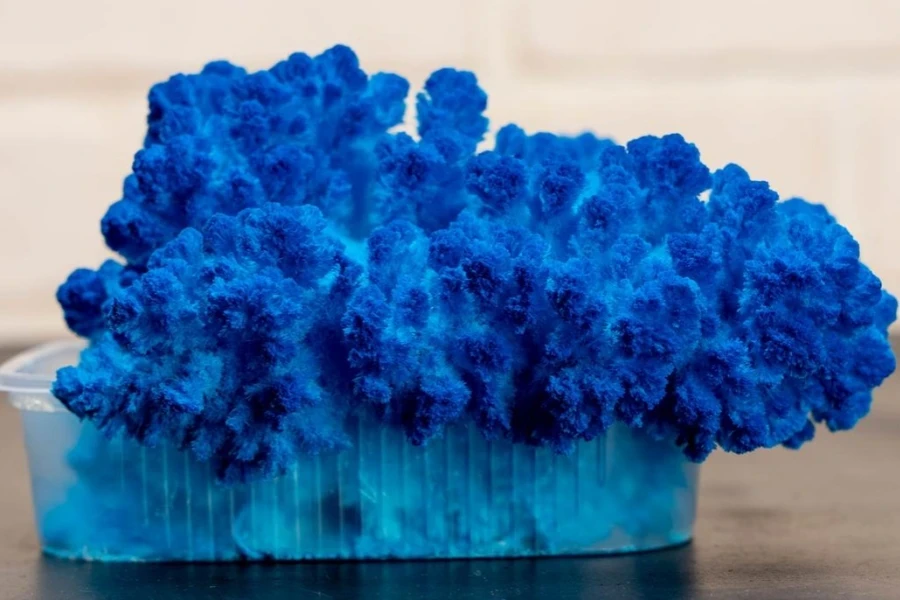
3D-Printed Coral: Architecture’s New Reefs
Dutch biomimicry studio Waterthread partnered with marine biologists to develop “ReefBrick”—modular wall panels 3D-printed from recycled PET and calcium carbonate. Their patent-pending hexagonal structure (inspired by Acropora coral) enhances indoor air quality by hosting CO2-absorbing microalgae.
Technical Breakthrough:
- 87% lower embodied carbon than ceramic tiles.
- Surface texture optimized to diffuse sound (NRC 0.75).
- First commercial installation: Lisbon’s Ocean Literacy Hub (March 2025).
Ghost Net Renaissance
Italian design collective Karu tackles marine plastic pollution with its “Phantom Collection.” Each rug in the series contains 1.2 kg of recycled Mediterranean fishing nets, interwoven with phosphorescent threads that glow like Noctiluca scintillans algae.
Behind the Scenes:
- Nets are collected by Sicilian NGO MedFishers.
- Ultrasonic cleaning removes microplastics (>99.7% efficiency).
- Robotic looms adjust tension in real time based on material degradation.
The rugs’ 2024 Green Product Award win highlights consumer appetite for pieces that marry ecological impact with ethereal beauty.
Cultural Hybridity: Knotting the Global Coastline
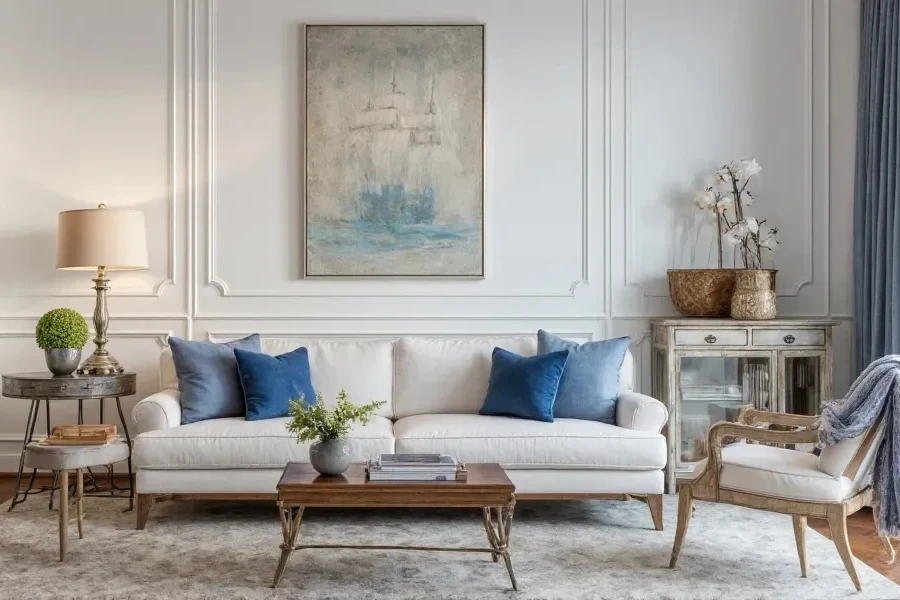
The Dakar-Provincetown Axis
Senegalese designer Adja Diouf’s “Joko Chair” exemplifies 2026’s cross-current aesthetics. The seat’s structure replicates 19th-century New England whaling ship masts, while its hand-knotted armrests employ Wolof fishnet-weaving techniques. MoMA acquired the prototype for its 2025 Oceanic Thinking exhibition, cementing its status as a post-colonial design icon.
Etsy’s Algorithmic Tide
Data from Etsy’s 2024 Q1 report reveals:
- Listings tagged “bohemian nautical” had 29% higher repeat purchase rates.
- Top-selling item: Macramé wall hangings integrating Navajo storm pattern symbolism.
- Search correlation: “Moroccan coastal decor” + “Scandinavian minimalism” spiked 184%.
“It’s about layered narratives,” explains cultural strategist Luis Navarro. “A Gen Z buyer in Denver wants a vase that whispers both of their Lisbon ancestry and their Bali surf retreat.”
The Silent Partner: Climate Tech Meets Craft
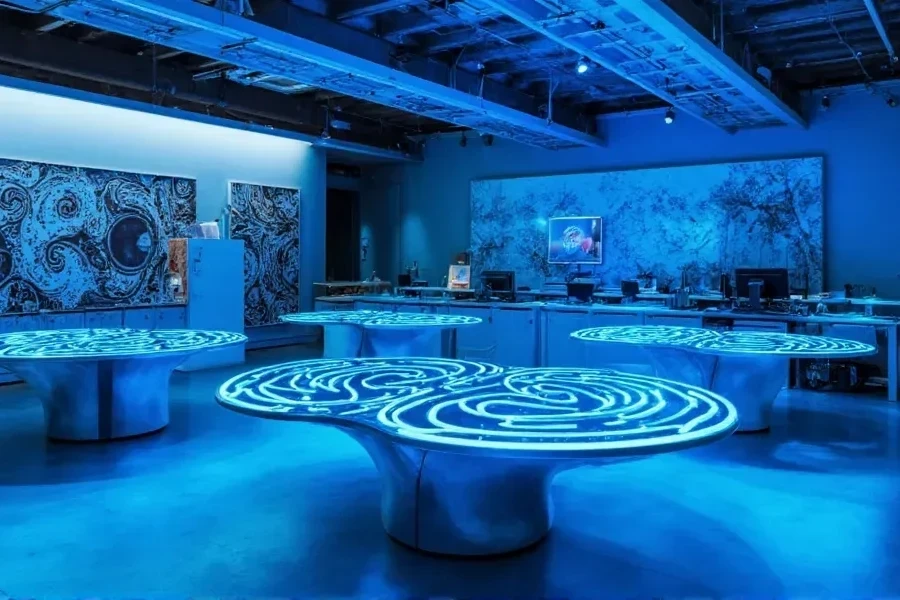
NASA’s Liquid Logic
MIT’s Media Lab adapted fluid dynamics research from NASA’s Europa Clipper mission to create “Vortical Tables.” Cast in recycled aluminum, their surfaces mimic Jupiter’s moon’s icy ocean currents through AI-generated topography maps.
User Experience:
- Tactile grooves subconsciously guide hand movements during meals.
- Subsurface LED lighting shifts from arctic blue (day) to abyssal purple (night).
Controversy: The Microplastic Paradox
While brands champion recycled ocean plastics, a June 2024 Nature Sustainability study warns that 63% of “eco-friendly” nautical decor sheds microfibers. Startups like BlueHalo respond with nanocoatings that reduce shedding by 89%, but at a 30% cost premium—a reminder that sustainability remains a stormy sea to navigate.
Conclusion: Designing the Uncharted
The 2026 Modern Nautical movement isn’t about aesthetic mimicry—it’s a philosophical compass. As 3D-printed tide pools glow in Berlin apartments and AI-woven textiles preserve Senegalese fishing heritage, we’re witnessing a profound shift: from decorating with the ocean to living through its rhythms.
Yet challenges loom. Can this trend avoid becoming another extractive industry? The answer lies in viewing design not as a tool for human dominance, but as a mediator between land and sea—a philosophy embodied by Waterthread’s algae-breathing walls or Karu’s phantom nets. In the end, true modern nautical design isn’t about what we take from the ocean, but what we return: reverence, innovation, and a promise to navigate toward calmer waters.
